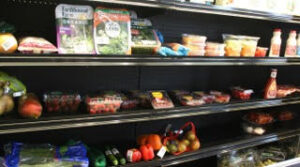
The Good Grocer selling soon-to-expire produce
BY STEPHANIE FOX
If you hadn’t noticed, grocery prices have risen lately. Since 2021, costs have risen 25 percent, a little more or less depending on the type of food product. Estimates are that in the U.S., 30 to 40 percent of food is wasted.
Part of the problem is that many stores and many consumers throw away food that is perfectly good but is past the sell-by date. But a sell-by date is simply a loose recommendation about when the food will taste and look best. It has nothing to do with food safety. And yet, many people think that these dates are gospel.
However, there are some grocery stores that, instead of tossing food, they buy at steep discounts and then pass the steep savings on to their customers. These grocery thrift stores are not just for people on a budget. They can be an answer for anyone who wants to eat well without breaking the bank.
So Low Grocery in North Minneapolis at the corner of Lowery and Emerson may, from the outside, look like just another neighborhood market. But the store, which just celebrated its 50th year, is anything but ordinary.
 This is not just the place to get high quality but inexpensive meat, fish, seafood and other grocery products. There’s a knowledgeable staff at the butcher and fish departments, (ribeye steaks for $9.99 lb., frozen snow crab clusters for $12.99 a lb., whole turkeys for less than a dollar a lb., packages of Hebrew National franks for $6.99) but since the store caters to an international clientele, they also carry foods not easily found elsewhere.
This is not just the place to get high quality but inexpensive meat, fish, seafood and other grocery products. There’s a knowledgeable staff at the butcher and fish departments, (ribeye steaks for $9.99 lb., frozen snow crab clusters for $12.99 a lb., whole turkeys for less than a dollar a lb., packages of Hebrew National franks for $6.99) but since the store caters to an international clientele, they also carry foods not easily found elsewhere.
Check the fresh meat department and order exactly what you want from a crew of experienced butchers. Or, look into the yards of frozen meats, fish and seafood to find chicken wings, rabbit, goat, beef tongue, beef shanks, various seafood and fish, frog legs and leg of lamb selling at bargain prices.
A trip down any of the narrow aisles is like an international gastronomic vacation. Much of the store is organized by country. You’ll find foods from various South American, African, and Asian counties. Some aisles even have the flags of that country flying overhead for easy shopping. There’s a section for Cajun foods, herbs from around the culinary world, soft drinks, and frozen dinners. You can find jars of dried palm butter leaves and jars of ready-to-use roux, most at discounted prices.
Looking for traditional foods of the American South and the Gulf Coast? Looking for baby back ribs, chitterlings or hog maws? It’s here.
There is also a large section devoted to fresh produce choices, selling at good prices. And keep an eye out for the buy one, get one discounts. Red Potatoes, a 3 lb. bag, two for $3. Popcorn Chicken, Patties or Strips, at $5.99 – buy one, get one free. These deals and product choices change frequently. What you found last week might not be there the next week. Or maybe it will. You never know what you’ll find, which is part of the adventure.
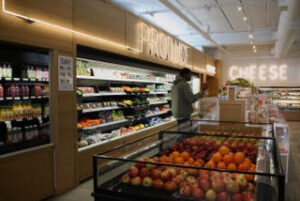
The Good Grocer: a full service, discount grocery store
The Good Grocer started as a co-op, once located in a now-demolished Lake Street building. The founder was a pastor who created the store as way to help people find affordable food. He found that when he operated a food shelf, people would offer to pay something, even a little. It was a matter of pride for many.
When the store moved to Eat Street, it transformed into a neighborhood store, open to all, one of the few non-ethnic supermarkets on Eat Street. The store carries national brands found at many less expensive grocery chains and the managers work to find affordable local products to support the community and local businesses. The food is high quality and reasonably priced.
The prices remain low because the store keeps the profit margin as low as possible. It’s part of the store’s philosophy of letting people help themselves, the idea that came from their earlier experience of helping shoppers keep their self-esteem while combatting food insecurity.
People who put in only two and a half hours a month as volunteers – stocking shelves, running cash registers, bagging groceries and other responsibilities – get a 20 percent discount whenever they shop. If a volunteer has a disability that might keep them from performing certain grocery store tasks, the store’s managers will help them find them a task that fits their abilities.
For deep, deep discounts, shoppers head for ‘the bunker.’ There, foods soon to go out of date are available at huge discounts of 75 to 90 percent off regular prices. There, you can find dry and canned goods, frozen meat, poultry, fish and fresh produce. There are even grab and go meals and snacks, in the cooler. The store and the bunker, located at 2650 Nicollet Ave., are open to everyone.
Mike’s Discount Foods is a chain of six local grocery outlet stores that buy what higher end grocers call salvage.
Your local higher end store will find a few moldy or bruised pieces of fruit in a delivered load and will toss the entire lot into the pig bucket (to sell to farmers) or the trash. But Mike’s will buy it at very low prices and then pass the savings on to their customers. The family-run business has expanded, beginning in 1989 from when the founder drove around the city, picking up grocery items from local stores, to buying nationally to stock six Mike’s stores scattered around the metro and beyond.
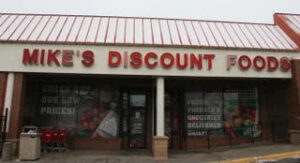 Take a drive up Central Ave. to the Central Shopping Center in Hilltop to find their small Mike’s grocery store, or drive down University Ave. to Osborn Rd NE to find one of the larger supermarket-sized Mike’s Foods.
Take a drive up Central Ave. to the Central Shopping Center in Hilltop to find their small Mike’s grocery store, or drive down University Ave. to Osborn Rd NE to find one of the larger supermarket-sized Mike’s Foods.
Mike’s doesn’t just carry the leftovers. The stores carry a number of premium items, not just what you’d expect from a store with deep discounts. You can find fancy Wisconsin Amish butter or Organic Valley eggs at around $2 a dozen. Recently, they carried a whole smoked brisket at $6 a pound, and a 7-oz package of sliced roast beef for $1. Looking for
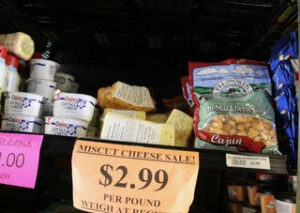
Mike’s cheese selling at a huge discount
pickled herring cutlets? A party pail, 2-pounds, is only $10.
Check the cooler to discover items like the roast beef and an 8oz packager of honey ham luncheon meat, four packages for $5.
Shoppers can also find mainstream brands of dry cereal at dollar a box, Kraft Mac ’n’ Cheese selling three for $2, lots of canned soup and canned bean choices, salad dressing, dips and cooking sauces. And it’s the place to go to find snack chips from exotic places like Texas.
The produce section features salads and organic fruits in perfect condition. Don’t pay full supermarket prices – Honey Crisp Apples at $1.49 for a pound or organic strawberries selling a pound for $2.99 (or two 1-lb packages for $5.)
Prices are posted on the shelves so it’s easy to find what you need and know how much you’ll pay. The store doesn’t offer paper bags to carry your groceries, so bring your own bag or load them into the free cardboard boxes offered. You might need a big box to carry everything you find.
But wait! There’s more!
There are other ways to save money on groceries. Shop any of the various dollar stores. Sometimes, the merchandise you might buy there are sold in smaller packages than the same products at regular grocery stores, but if you’re buying for only one or two people, this might be all you need. There’s nothing fancy but when you need a box of spaghetti, why pay more?
Stores like Home Goods or Marshalls have small sections with good quality food at cheaper prices. These places carry holiday seasonal products, pasta, snack chips, cookies, cooking oil, coffee, tea, spices, sauces and more.
And, if you are looking to buy exotic mushrooms, Asian grocery stores carry them at prices substantially lower than regular grocery stores. The quality of these is also very good.
There are large mainstream grocery stores such as CUB and Aldi that will continue to offer lower-priced food to customers. But the discount stores will thrive even if prices stabilize. They offer low prices, quality foods and even a bit of a fun experience for shoppers.

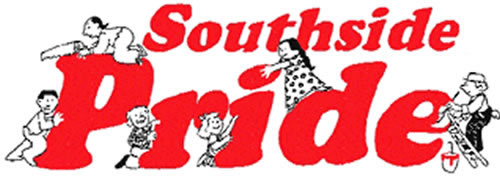





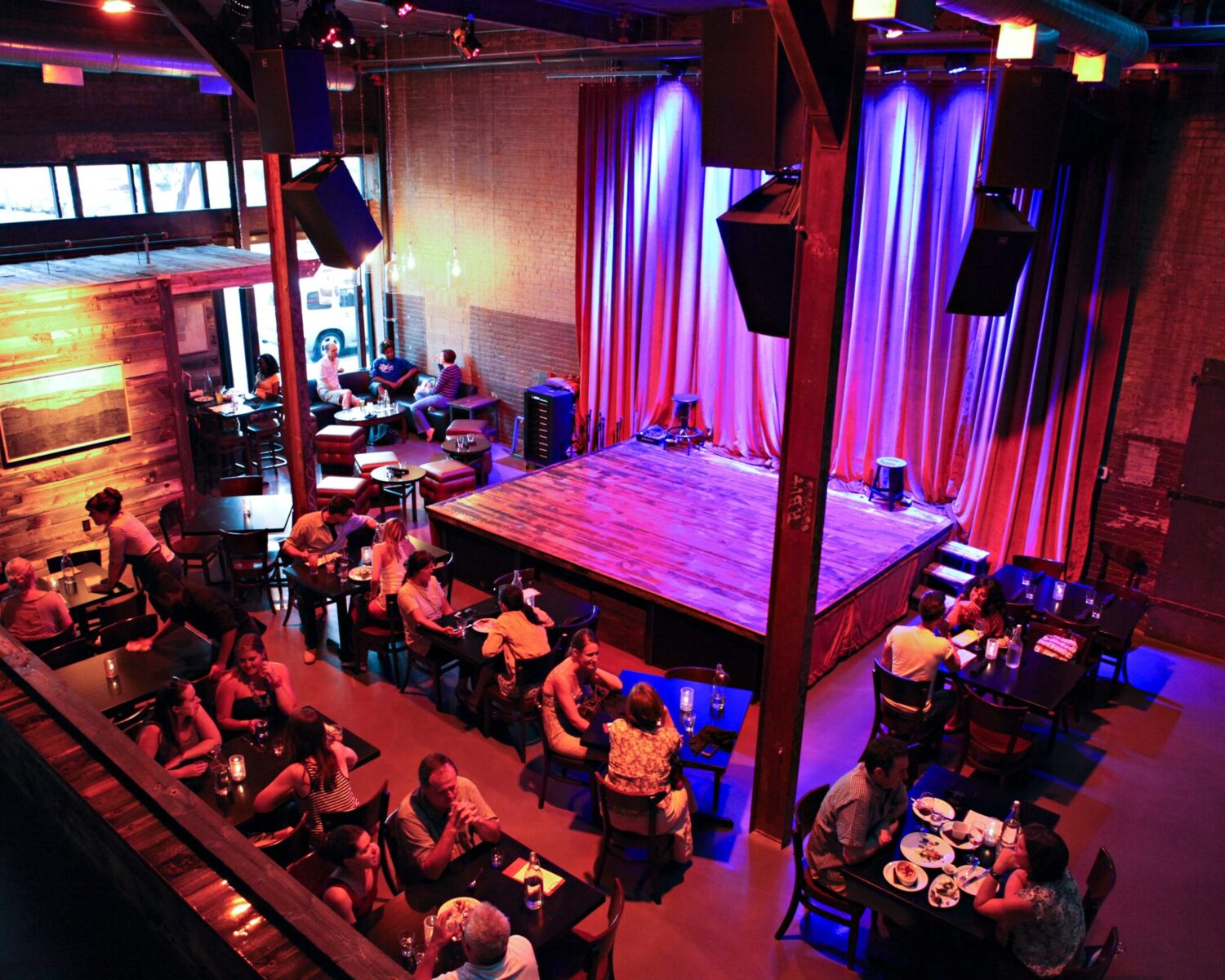















Exotic places like Texas? Stephanie, I love your deadpan humor.